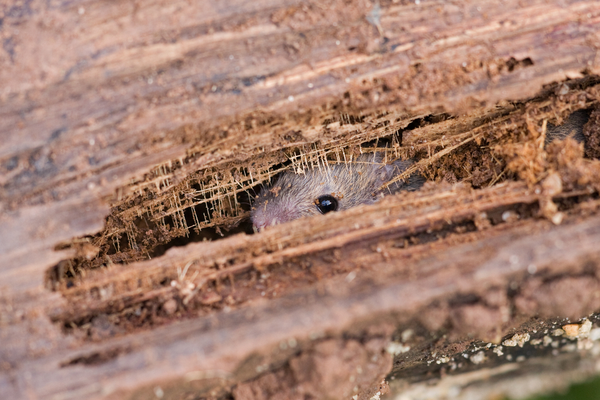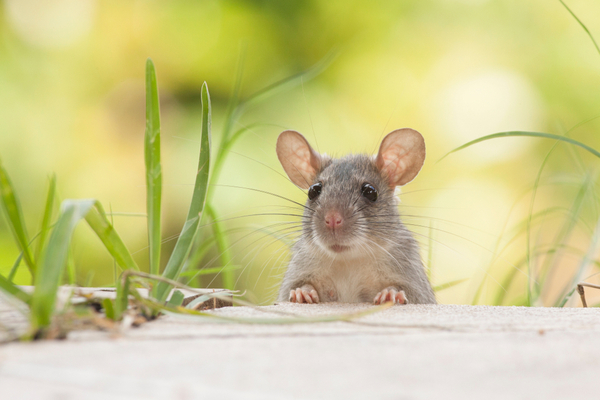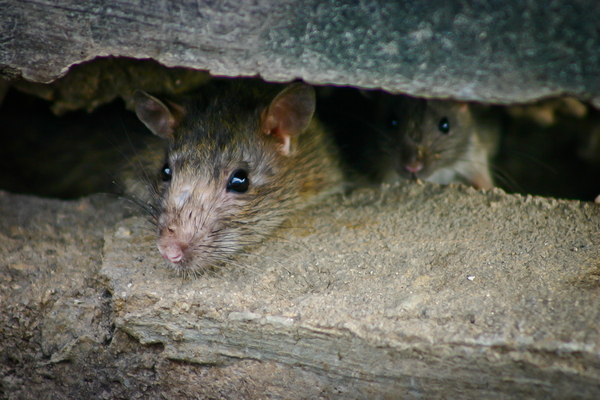October 20 to 26 is the Professional Pest Management Alliance’s sixth annual Rodent Awareness Week. It couldn’t be happening at a more relevant time. According to a recent study, rodents are the greatest pest concern facing American homes today. Rats and mice invade 21 million homes every year, mostly in fall! Despite how common they are, however, rodent behavior isn’t very well understood. For instance, did you know that rodents are found in bathrooms twice as frequently as other rooms? The best way to prevent rodent infestations now and in the future is to understand them better.
We want to help! That’s why, in honor of Rodent Awareness Week, Griffin put together this primer on everything you should know about the rats and mice near you. This is what rodents want, how they get into your home, and how you can keep them out for good:
What do rodents want?
Rodents want shelter, warmth, food, and humidity–usually in that order. They enter homes in late summer and fall in order to escape the freezing temperatures of winter. Once inside, they’ll stick around if they can get their paws on food and water. Rats and mice look for warm, dark, narrow, humid shelters where they can find food and water.
How do rodents find homes to infest?
Rodents are very sensitive to temperature and pressure fluctuations. These sensitivities help rodents understand when the season is changing faster than we possibly could. As soon as they sense outdoor temperature chances, rodents start looking for the warmth and pressure differentials created by drafts. When they find drafts, they’ll follow the warmth inside.
In addition to temperature and pressure sensitivity, rodents also possess a highly-developed sense of smell. This sense of smell allows them to sniff out specific information about food, including the best way to get to it. Rodents literally “follow their noses” all the way inside your home.
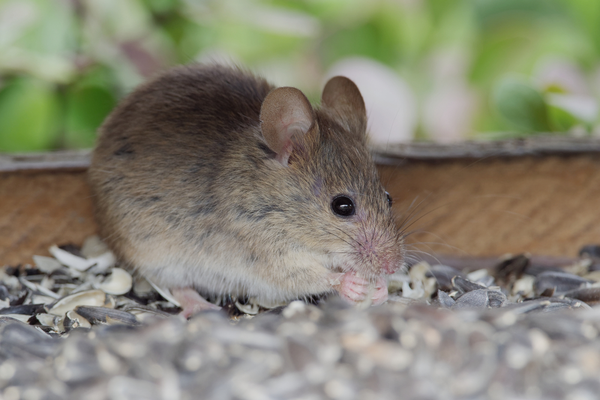
How do rodents get into homes?
Rodents make their way inside by sneaking through tiny, draft-producing nooks and crannies located all around homes. Mice and rats are notorious for their ability to squeeze through tiny gaps. They tend to typically find these gaps in a few particularly likely places, including:
- Door and window frames
- Gaps around utility lines
- Cracks in baseboarding and foundations
- Breaches in vents or pipes
- Damaged or rotting siding or shingles
Wait, why are they in my bathroom?
Rodents love moisture, warmth, and darkness. Bathrooms typically provide plenty of all three, particularly if they’re in your basement. Rats and mice live in bathrooms to soak up humidity and warmth and drink condensation. Occasionally, rodents may even swim up through damaged plumbing pipes to enter your home.
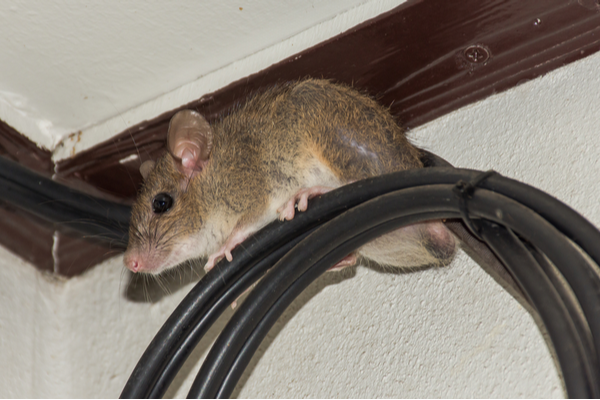
Why are they a problem?
Rodents are surprisingly dangerous in homes for several reasons. Here are the main reasons you never want rats or mice to establish themselves in your home:
- Fire Damage: Did you know that 25% of the house fires attributed to “unknown causes” were probably caused by rodents? Rats and mice chew through electrical wiring, which can generate sparks and start fires.
- Health Concerns: Rat and mice feces, saliva, blood, and fur transmit several dangerous diseases. Rodents may also carry diseased fleas or other parasites.
- Food Damage: Rats and mice in your home will make a beeline for any pantry food they can find. The damage they inflict can get surprisingly expensive surprisingly quickly!
- Wood, Fabric, and Paper Damage: Rodents constantly gnaw on any soft materials they can find, tearing them up in the process. Rodent infestations end up damaging wood, fabric, and paper products in your home.
How can I tell if I have a rodent problem?
Unfortunately, if you happen mice or rat inside your home, chances are they aren’t alone. Even if you don’t see your rodent, however, there are a few ways to figure out if they’re hiding near you. Look for the following signs:
- ¼ to ½ inch long black droppings that look pellet or spindle-shaped
- Damaged electrical cables or wiring
- Gnaw marks on cardboard boxes, drapes, upholstery, wooden furniture, or even carpet
- Damaged food packaging
- Collections of dirty, soft material like paper, insulation, cardboard, or plastic
- Dirty or greasy markings along the lower parts of walls
How can I keep them out of my home?
Start by cutting off their access to your home. Repair weaknesses you find around the usual sites up above using caulk, weatherproofing, spackle, or another sealant. If an opening is big enough to see, it’s probably big enough for rodents to use. Pay particular attention to drafty or humid parts of your home such as basements and bathrooms.
When you’re finished rodent-proofing access points, make the rest of your home as inhospitable to rats and mice. Keep your the floor of your basement, crawl spaces, pantries, and attics as clean and clear as possible. Elevate all storage materials, especially cardboard boxes and linen garment bags. Store your pantry food in airtight hard plastic containers. You should even keep your lawn as clear as possible. The harder it is for rodents to hide near you, the greater the distance they’ll keep.
Once rodents have established themselves inside your home, they can be difficult to remove without serious help. Luckily, you have serious help–you have Griffin Pest Solutions.
Our experts can find rodent infestations, remove them, and make sure they can’t get in again. If you become a little too aware of rodents this Rodent Awareness Week, give us a call anytime. We’ve yet to meet a rodent infestation we couldn’t beat.

